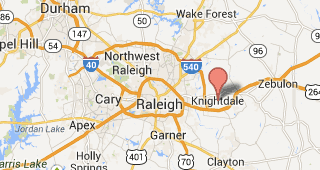Bankruptcy and Second Mortgages: Strip-off and Other Options
Second mortgages are fairly common for homeowners. Different types of loans are second mortgages, including home equity lines of credit, home equity term loans, and sometimes secondary loans dating from around the time of purchase. These all have in common the fact that there is a senior first mortgage that has older rights whose holder can foreclose and wipe out the second mortgage. In the most common case, the first mortgage on a home is a larger purchase money mortgage dating from buying the home, or possibly a refinance of that larger mortgage.
In most respects, first and second mortgages are treated the same in bankruptcy. The most important difference is that an unsecured second mortgage can be stripped off the property. In the context of a chapter 13 bankruptcy, the strip off does not happen automatically, but must be requested by the debtor with a showing that there is no value in the house securing the second mortgage.
A second mortgage is unsecured when the amount of debt associated with the first mortgage exceeds the value of the house. This recognizes the reality that there is no practical collateral available to the second mortgagee. If the second mortgagee foreclosed, such a foreclosure leaves the first mortgage in place. There is no market to sell a $100,000 house subject to a $150,000 mortgage.
A strip-off requires the debtor to prove the value of the property, the debt owed, and the junior status of the second mortgage. If the amount owed on the first mortgage is close to the value of the property, more effort is often required to establish the value with appraisals and similar valuations. Public records are used to verify the mortgages were recorded in the order expected and that the second mortgage is indeed junior to the first mortgage.
A stripped mortgage is treated as an unsecured debt. In a chapter 13 plan, such an unsecured debt is paid a proportional share of money available for unsecured creditors, which also include charge card accounts, medical bills, personal loans, and more. In many plans, this amounts to nothing or to pennies on the dollars.
When a second mortgage is not secured solely by the debtor's residence, options become available even if the second mortgage is not entirely unsecured. If the value of the property is less than the first and second mortgage combined, the second mortgage can be stripped down to value of collateral available after subtracting the first mortgage debt.
- Log in to post comments



